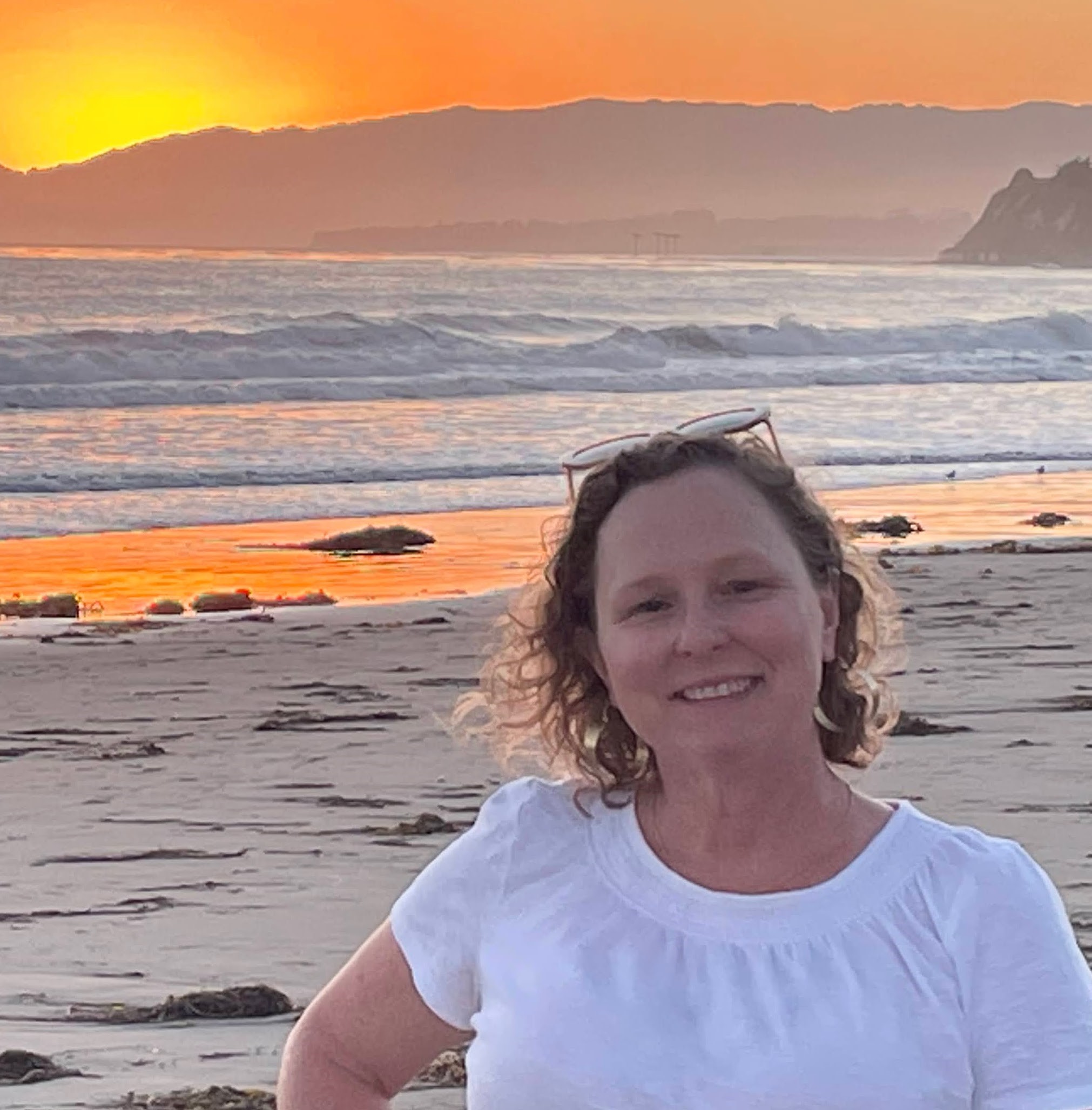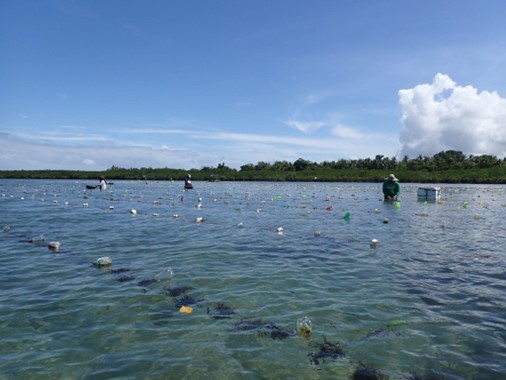Seaweed may be the key to feeding the world during nuclear winter
January 08, 2024

Assistant Professor Cheryl Harrison
BATON ROUGE - In the worst-case scenarios of nuclear war or a massive volcanic eruption, clouds of black carbon in the earth’s atmosphere may block out the sun, dropping temperatures by as much as 10 degrees Celsius and devastating global food supplies.
In the face of such catastrophe, an international team of researchers, including CC&E’s Cheryl Harrison, has found the world’s oceans hold the potential key for maintaining food security – seaweed.
Harrison, an assistant professor in the Department of Oceanography & Coastal Sciences and Center for Computation and Technology, worked with researchers from the organization Alliance to Feed the Earth in Disasters, also known as ALLFED, the University of Canterbury, and the University of the Philipines Diliman Marine Institute, to examine if seaweed production during a nuclear winter, volcanic eruption, or other sunlight-reducing event could offset agricultural losses on land.
They found seaweed to be remarkably resilient. Using models built on the seaweed plant Gracilaria tikvahiae combined with nuclear winter climate data, they found the plant thrives even in circumstances that would render traditional agriculture and fisheries unworkable. Their findings were published in the journal “Earth’s Future.”
“Alternative food sources like seaweed will be critical for global and regional food security after sunlight reduction scenarios, such as nuclear war and large volcanic eruptions,” said Harrison.

Shallow water seaweed farming in the lower intertidal flat using long lines in Bohol, Philippines.
– Photo courtesy of MYRoleda AlgaE Lab
“It’s only a matter of time before the latter happens, so we need to be ready. Because the ocean does not cool down as rapidly as land, marine aquaculture is a very good option.”
She also noted that the analysis lists both the Gulf of Mexico and the Eastern seaboard of the United States as potentially productive sites for seaweed aquaculture. The farms scale relatively quickly, and could be predicted to meet a substantial portion of the global food application demand in about a year.
Some farmed seaweed could be consumed directly by humans, but the vast majority would build food stocks indirectly, being put to work as animal feed or bio-fuels.
There are other, near term advantages to investing in seaweed aquaculture. Seaweed works to mitigate eutrophication—the overabundance of nutrients in water that can lead to hypoxic areas like the Gulf of Mexico’s Dead Zone. It also works as a carbon sink and could reduce methane emissions if fed to cattle as feedstock.
The researchers suggest nations invest in global seaweed farming now, as a proactive measure for global food security. This could prevent mass starvation in the face of a disaster, said David Denkenberger of the University of Canterbury, who is an expert in food resilience.
Such aquaculture is already underway in the Phillipines, where low-tech seaweed farming is commonly implemented.
This paper was featured by the European Geosciences Union at their conference this year.